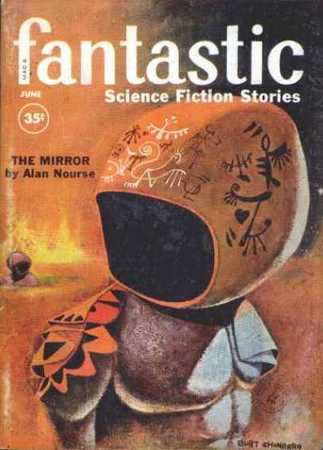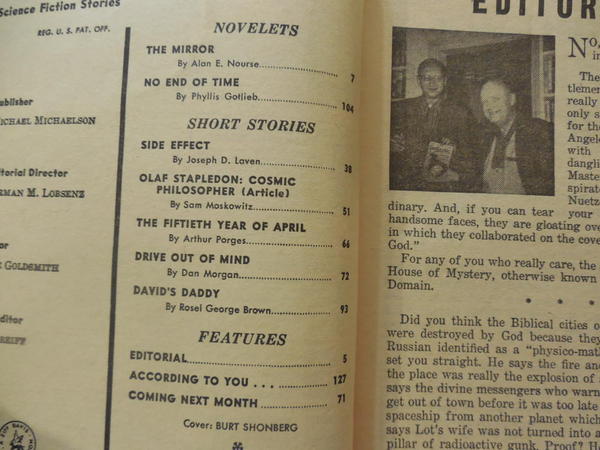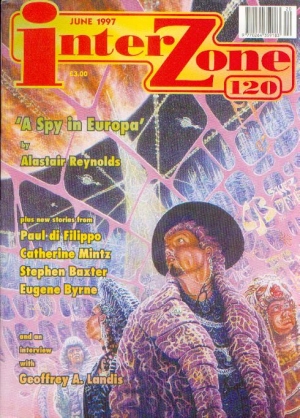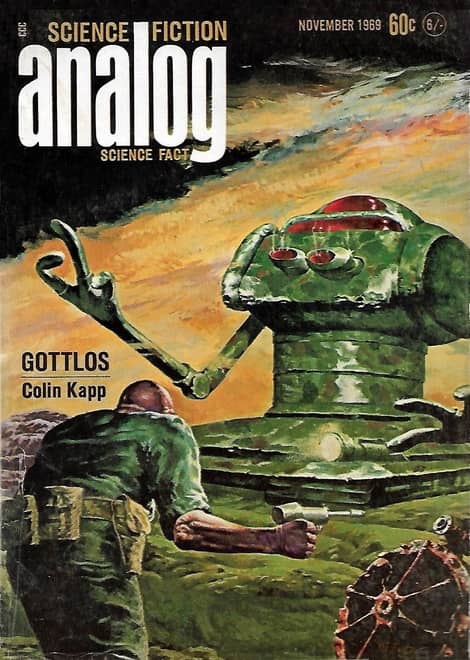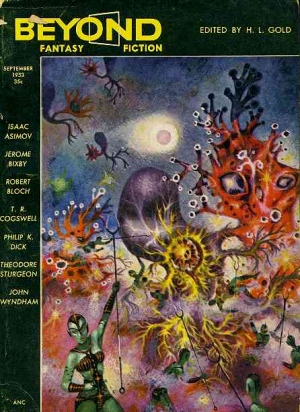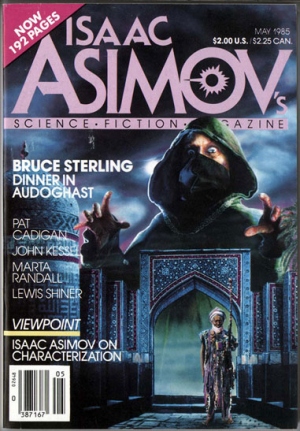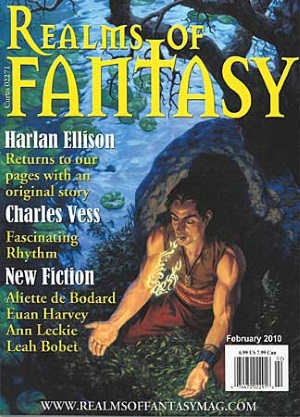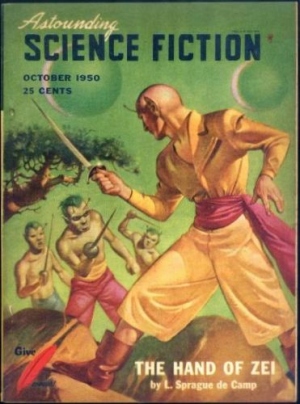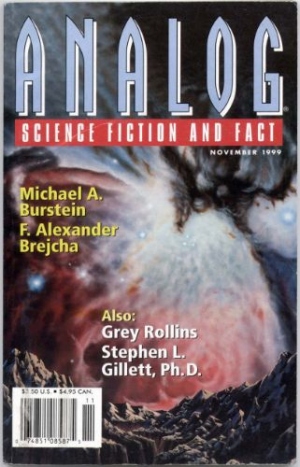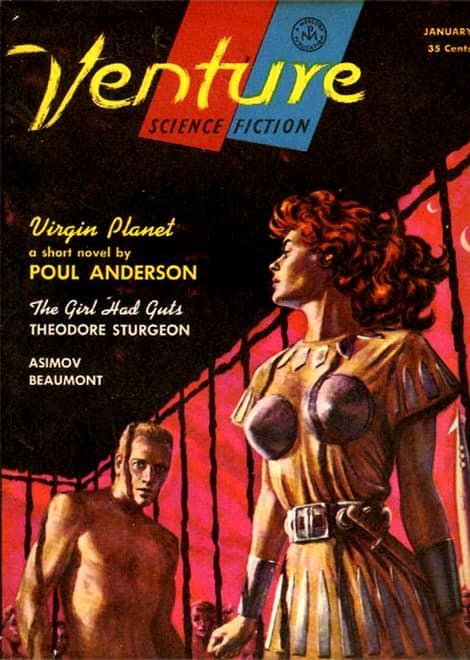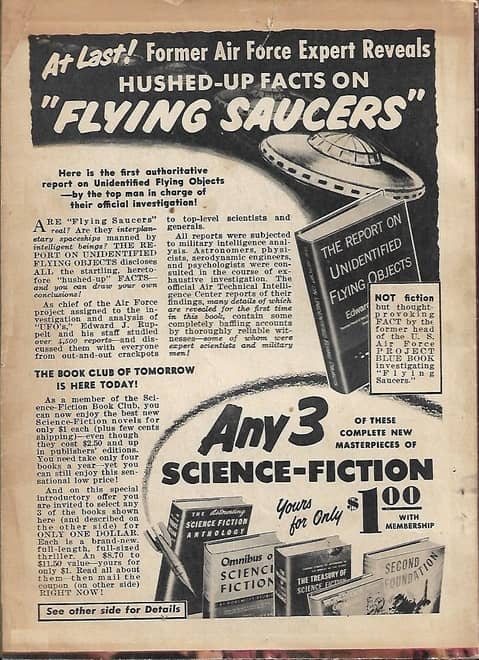Birthday Review: John Gribbin’s “Something to Beef About”
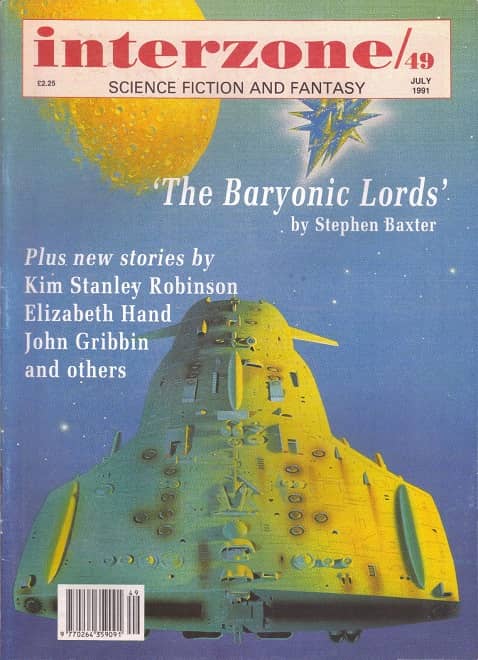 |
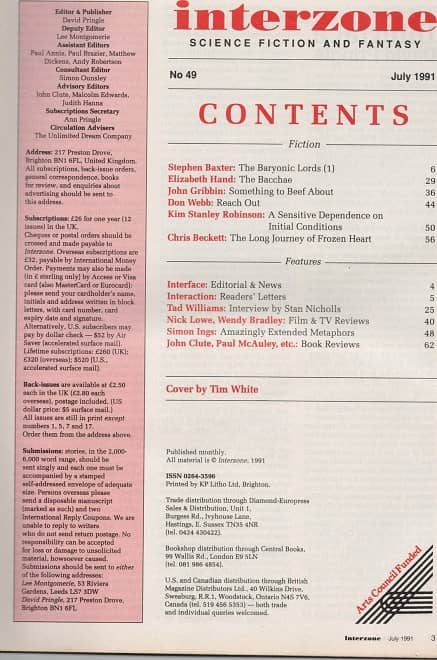 |
Cover by Tim White
John Gribbin was born on March 19, 1946. Gribbin has published both fiction and non-fiction, including non-fiction titles The Jupiter Effect with Stephen Plagemann, In Search of the Big Bang, and The Science of Philip Pullman’s His Dark Materials with Mary Gribbin. His own novels include The Sixth Winter with Douglas Orgill, Ragnarok with D.G. Compton, and solo works Timeswitch and Father to the Man.
“Something to Beef About” was first published in Interzone 49 in July 1991, edited by David Pringle and Lee Montgomerie. In 2016, a revised version of the story was reprinted in the anthology Existence is Elsewhen, published by Elsewhen Press.
Gribbin opens “Something to Beef About” by falling into the trap described by Mark Rosenfelder in his satirical “If All Stories Were Written Like Science Fiction.” He describes the mundane aspects of David Jenkins’s life in an attempt to set up a future society in which Jenkins lives, but for the most part it comes across as telling the readers something they should already know. Instead of setting the scene, it makes the reader very aware that the story is a construct.
